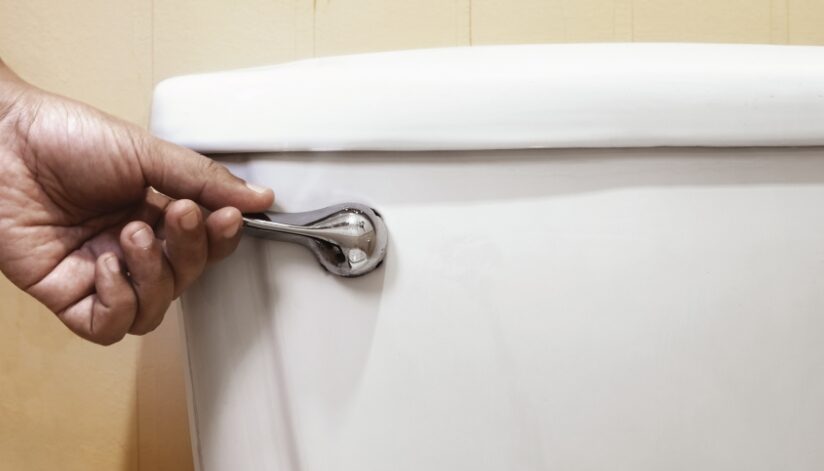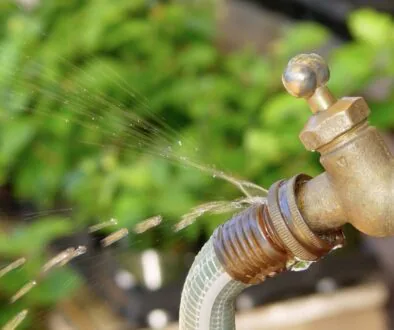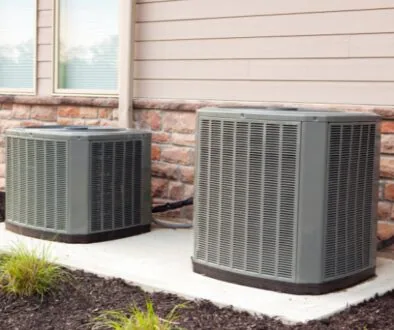Is It Time To Replace Your Old Toilet? Signs You Need An Upgrade
Your toilet is one of the most frequently used fixtures in your home, yet it’s easy to overlook when considering home upgrades. If your toilet is aging, inefficient, or experiencing frequent issues, it may be time to replace it with a modern, water-efficient model. If you’re wondering whether your toilet is due for a replacement, the plumbing professionals at Niebuhr in La Crosse, Wisconsin are here to give you some key signs to look for. And if you decide it’s time for an upgrade, we’re here to help with toilet installation.
Signs It’s Time To Replace Your Toilet
1. Frequent Clogs And Poor Flushing Performance
If you find yourself reaching for the plunger more often than not, your toilet may have lost its flushing efficiency. Older toilets often use outdated flushing mechanisms that struggle to clear waste effectively, leading to repeated clogs and frustrating backups.
Newer models feature advanced flushing technology, including pressure-assisted and dual-flush systems, that improve waste removal while using less water.
2. Cracks Or Leaks
A small crack in your toilet bowl or tank might not seem like a major issue, but over time, it can lead to leaks and water damage. If you notice water pooling around the base of your toilet, it could indicate a leak that may cause structural damage to your flooring or lead to mold growth.
If your toilet is cracked or leaking, replacing it is the safest and most cost-effective solution to avoid costly repairs in the future.
3. Constant Running Or Frequent Repairs
Does your toilet keep running long after you’ve flushed? A continuously running toilet wastes significant amounts of water and can add up on your water bill. While some issues, like a worn-out flapper or faulty fill valve, can be repaired, frequent repairs may indicate that it’s time to upgrade to a new toilet.
Older toilets often require regular maintenance, and the cost of repeated repairs can quickly add up. Investing in a new, efficient toilet can save you money in the long run.
4. Outdated Design And Inefficiency
Older toilets use significantly more water per flush than modern, water-efficient models. If your toilet was installed before 1994, it could be using up to 3.5 to 5 gallons per flush (gpf)—much higher than today’s standard of 1.6 gpf or less.
New high-efficiency toilets (HETs) and WaterSense-certified models use as little as 1.28 gpf, helping homeowners reduce water consumption and lower utility bills.
5. Wobbling Or Unstable Base
A toilet that wobbles or shifts when you sit on it may indicate a loose or deteriorating seal. While a simple fix may involve tightening the bolts or replacing the wax ring, a wobbling toilet can also signal more serious issues, such as damage to the flooring beneath. If your toilet is unstable, it’s best to have it inspected by a professional to determine if replacement is necessary.
6. Hard Water Stains And Mineral Buildup
Hard water can leave behind stubborn stains and mineral deposits inside the toilet bowl and tank. Over time, these deposits can build up and restrict water flow, affecting the toilet’s flushing performance.
If you’re dealing with frequent staining, slow flushes, or persistent odors despite regular cleaning, a new toilet may be the best solution.
Final Thoughts
If your toilet is outdated, inefficient, or experiencing frequent issues, it may be time to invest in a replacement. Wanting to upgrade? Niebuhr carries Gerber and Kohler toilets to provide you with high-quality, water-efficient options.
Serving the Coulee Region, including La Crosse, Onalaska, West Salem, and Sparta, Niebuhr Plumbing, Heating, and Air Conditioning is here to help with expert toilet installation and plumbing services. Contact us today to learn more or schedule an installation.




